Fruit to darn big
alan haigh
9 years ago
Related Stories
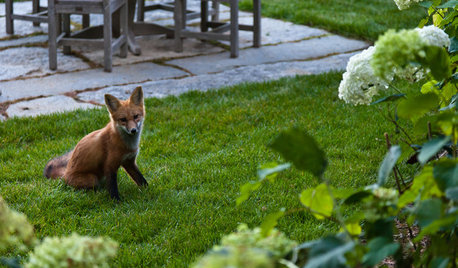
FUN HOUZZThe Cutest Darn Animals on Houzz
You might end up admiring these horses, goats, llamas and more until the cows come home
Full Story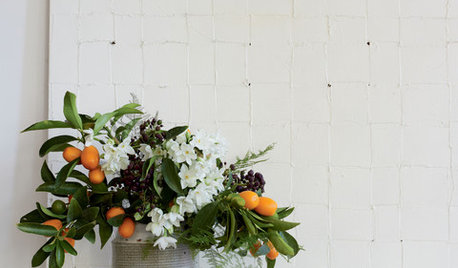
DECORATING GUIDESPut Your Best Fruit Forward in Splendid Fall Arrangements
Luscious, colorful and unbeatably fresh, fruit-centered arrangements bring welcome flavor to fall home decor
Full Story
FALL GARDENING5 Fall Fruits You Can Grow in Containers
Brighten your porch or patio with a potted pomegranate, kumquat, blueberry bush or another great fall fruit
Full Story
FARM YOUR YARDIf You Have Room for Only One Fruit Tree ...
Juice up a small garden with one of these easier-care or worth-the-effort fruit trees for a mild climate
Full Story
EDIBLE GARDENSHow to Grow 10 Favorite Fruit Trees at Home
Plant a mini orchard in fall, winter or early spring to enjoy fresh-off-the-tree fruit the following year
Full Story
GARDENING GUIDESGreat Design Plant: Grow Blueberries for Their Fruit and More
Eastern gardeners should consider growing blueberry plants for their delicious fruits, bee-friendly spring blooms and brilliant fall foliage
Full Story
MOST POPULARHow to Get Rid of Those Pesky Summer Fruit Flies
Learn what fruit flies are, how to prevent them and how to get rid of them in your home
Full Story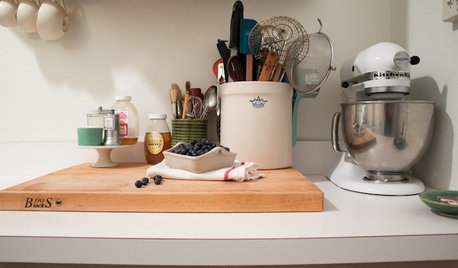
KITCHEN DESIGNKitchen of the Week: Tiny, Fruitful New York Kitchen
Desserts and preserves emerge from just a sliver of counterspace and a stove in this New York food blogger's creatively used kitchen
Full Story
LIFERetirement Reinvention: Boomers Plot Their Next Big Move
Choosing a place to settle in for the golden years? You're not alone. Where boomers are going and what it might look like
Full Story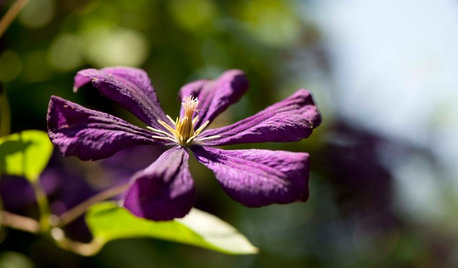
GARDENING GUIDESSoutheast Gardener's March Checklist
Start fresh by envisioning new plant combinations as you tend to fruit trees and rosebushes — and watch out for those darned voles
Full Story






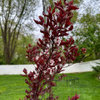


johnthecook
strobiculate
Related Professionals
Derry Landscape Architects & Landscape Designers · Barrington Hills Landscape Architects & Landscape Designers · Hershey Landscape Architects & Landscape Designers · Jennings Landscape Architects & Landscape Designers · Oatfield Landscape Architects & Landscape Designers · Anderson Landscape Contractors · Aloha Landscape Contractors · Downey Landscape Contractors · El Reno Landscape Contractors · Lake Zurich Landscape Contractors · Middletown Landscape Contractors · Thonotosassa Landscape Contractors · Vashon Landscape Contractors · Wallingford Landscape Contractors · Wayland Landscape Contractorsappleseed70
alan haighOriginal Author
clarkinks
ferroplasm Zone 7b
appleseed70
alan haighOriginal Author
appleseed70
alan haighOriginal Author
drew51 SE MI Z5b/6a
chuck60
Bill Fleming
appleseed70
drew51 SE MI Z5b/6a
alan haighOriginal Author
Bill Fleming
appleseed70
alan haighOriginal Author
mrsg47
johnthecook
alan haighOriginal Author